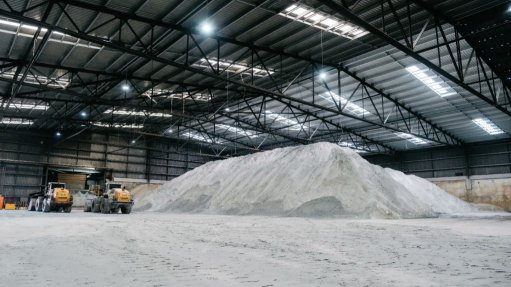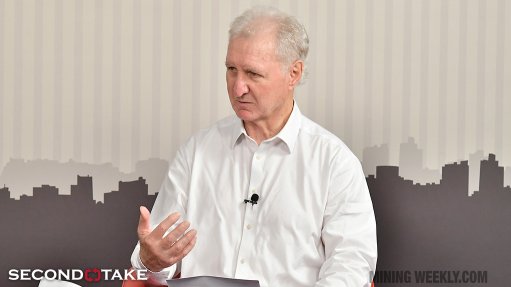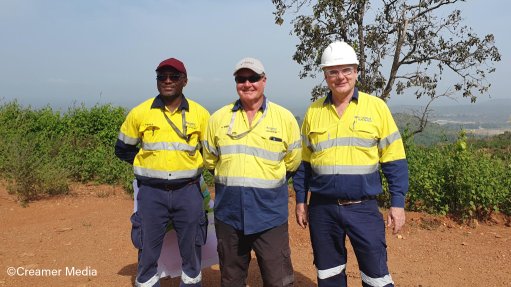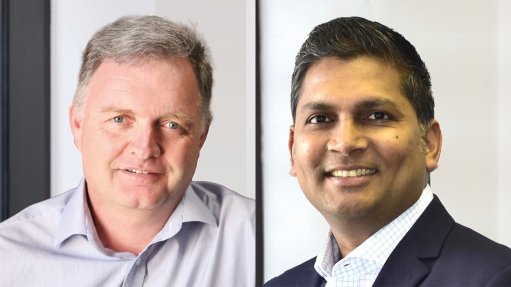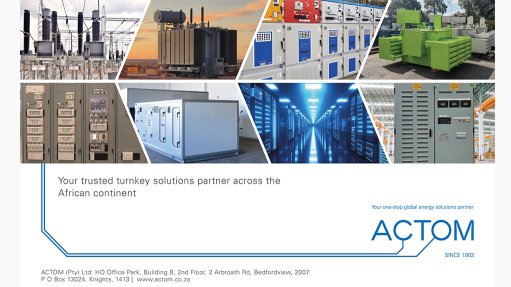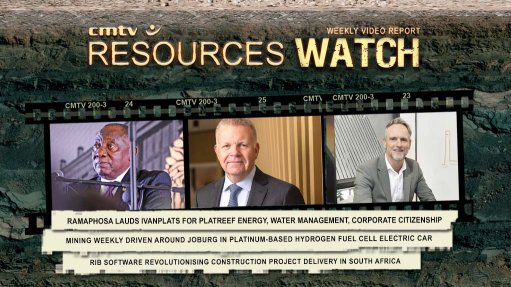Crunch time
The consequences of policy failure in electricity are so obvious there is no need to ventilate them again. Not so for gas, however, given that they are only visible to those manufacturers that have come to rely on the fuel to produce everything from steel, glass and aluminium products to food and beverages. While some households are still piped into gas networks, these are few and far between and very little gas is used currently to produce electricity.
Yet, the combination of policy inertia and dismal policy implementation that has bedevilled the electricity industry has arguably been as acute in gas and has now brought the country to a point where the Industrial Gas Users Association – Southern Africa (IGUA-SA) is warning of a gas supply ‘day zero’ within the coming 30 months.
The looming shortfall has been common knowledge for several years but was accentuated by Sasol’s announcement last year that it will be halting supply to downstream consumers from 2026.
The stark deadline is partly attributable to the fact that the group’s exploration efforts in southern Mozambique have failed to unearth sufficient reserves to avoid tapering and have managed only to extend the production plateau. It is also partly linked to Sasol’s plan to use the remaining gas to displace coal at its own operations to support its increasingly urgent and much-criticised decarbonisation efforts.
The net effect is that manufacturers that consume some 40 PJ/y of gas are facing a ‘gas cliff’, threatening the competitiveness of entities that employ 65 000 people and have combined yearly revenues of over R300-billion.
Given the lack of action, IGUA-SA is now arguing that several manufacturers in Gauteng and KwaZulu-Natal face the prospect of a major supply disruption unless policy and infrastructure decisions are made within months. This, owing to the time it will take to finance and build the import and tie-in infrastructure needed for imported liquefied natural gas (LNG), the higher cost of which several manufacturers believe can be absorbed, albeit not on a pain-free basis.
While the consequences of not acting with the requisite urgency will be dire, there is now also a risk, given the extreme time pressures, that the decision will not be fully thought through.
The main risk relates to the anchor role being proposed for gas-to-power (GtP).
Naturally, gas suppliers and the GtP investors want government to commit to so-called ‘baseload’ stations to provide the demand underpin for profitable infrastructure and power investments. The case for such an outcome can be credibly reinforced by the role that such plants could play in the near term to reduce daily loadshedding.
In the longer term, however, it could also prove highly costly, as it could foreclose on the potential for introducing far cheaper sources of electricity during the contract period, namely wind and solar supported by flexible generators, including GtP plants operated at a low-capacity factor.
Having left such a crucial policy decision so late, however, there is a very real risk of the wrong one now being made.
Article Enquiry
Email Article
Save Article
Feedback
To advertise email advertising@creamermedia.co.za or click here
Press Office
Announcements
What's On
Subscribe to improve your user experience...
Option 1 (equivalent of R125 a month):
Receive a weekly copy of Creamer Media's Engineering News & Mining Weekly magazine
(print copy for those in South Africa and e-magazine for those outside of South Africa)
Receive daily email newsletters
Access to full search results
Access archive of magazine back copies
Access to Projects in Progress
Access to ONE Research Report of your choice in PDF format
Option 2 (equivalent of R375 a month):
All benefits from Option 1
PLUS
Access to Creamer Media's Research Channel Africa for ALL Research Reports, in PDF format, on various industrial and mining sectors
including Electricity; Water; Energy Transition; Hydrogen; Roads, Rail and Ports; Coal; Gold; Platinum; Battery Metals; etc.
Already a subscriber?
Forgotten your password?
Receive weekly copy of Creamer Media's Engineering News & Mining Weekly magazine (print copy for those in South Africa and e-magazine for those outside of South Africa)
➕
Recieve daily email newsletters
➕
Access to full search results
➕
Access archive of magazine back copies
➕
Access to Projects in Progress
➕
Access to ONE Research Report of your choice in PDF format
RESEARCH CHANNEL AFRICA
R4500 (equivalent of R375 a month)
SUBSCRIBEAll benefits from Option 1
➕
Access to Creamer Media's Research Channel Africa for ALL Research Reports on various industrial and mining sectors, in PDF format, including on:
Electricity
➕
Water
➕
Energy Transition
➕
Hydrogen
➕
Roads, Rail and Ports
➕
Coal
➕
Gold
➕
Platinum
➕
Battery Metals
➕
etc.
Receive all benefits from Option 1 or Option 2 delivered to numerous people at your company
➕
Multiple User names and Passwords for simultaneous log-ins
➕
Intranet integration access to all in your organisation









